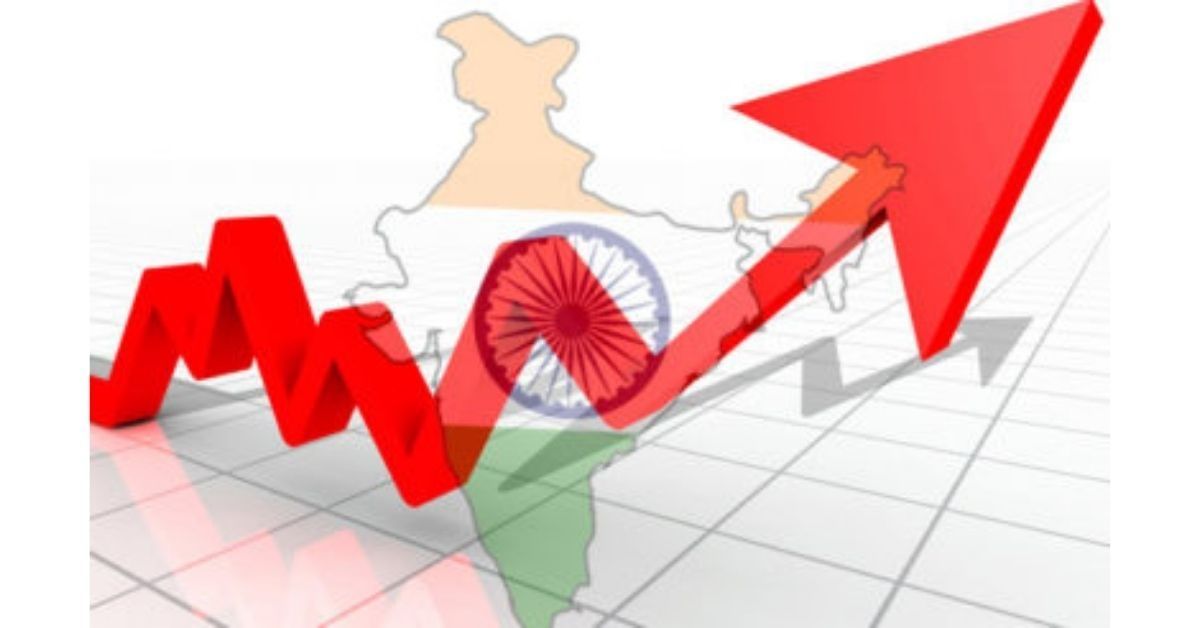The vision document will outline the institutional and structural changes/ reforms that will be needed for the country to become a developed nation by 2047. The draft Vision India @2047 will be ready by December 2023 and it will be presented before the country in the next three months, he said.
“A vision plan is being prepared for India to become a developed economy of about USD 30 trillion (USD 29.2 trillion) by 2047… The whole purpose of the vision document is to avoid the middle-income trap,” he told reporters here.
According to the Asian Development Bank (ADB), the middle-income trap captures a situation where a middle-income country can no longer compete internationally in standardized, labor-intensive goods because wages are relatively too high, but it also cannot compete in higher value-added activities on a broad enough scale because productivity is relatively too low.
“We are worried about the middle-income trap… India has to cut through the poverty thing and middle-income trap,” he said.
While addressing the Chief Ministers of all states in the Governing Council meeting of NITI Aayog in May 2023, Prime Minister Narendra Modi had asked all Chief Ministers to work towards making our nation Vikshit Bharat by 2047.
The process was kickstarted by Cabinet Secretary in December 2021, and 10 Sectoral Groups of Secretaries (SGoSs) were tasked with preparing thematic/ sectoral visions.
Multiple rounds of brainstorming and visioning consultations with industry chambers, export promotion council, think tank, research institutions took place. NITI Aayog was tasked in 2023 to consolidate the 10 sectoral thematic visions into a combined vision for Vikshit Bharat @2047.
“Consultations with SGoSs and thought leaders (including chairman Adani Group Gautam Adani, chairman of the diversified Reliance Industries Mukesh Ambani and Google and Alphabet CEO Sundar Pichai) will take place in November 2023,” Subrahmanyam said.
According to him, the vision document will also identify sectors, technologies where India can be a world leader/ global champion. It will suggest measures to leverage India’s market size and the country’s regional disparities, Subrahmanyam added.
Meanwhile, the NITI Aayog CEO said that states are also developing their vision documents. According to the World Bank, the world’s middle-income countries (MICs) are a diverse group by size, population, and income level.
Economies with a GNI (Gross National Income) per capita between USD 1,036 and USD 4,045 are defined as lower middle-income economies and those with a GNI per capita between USD 4,046 and USD 12,535 are defined as upper middle-income economies.
Middle-income countries are home to 75 per cent of the world’s population and 62 per cent of the world’s poor. They also represent about one-third of global GDP and are major engines of global growth. Countries with annual per capita income of over USD 12,000 are defined as high-income economies.






